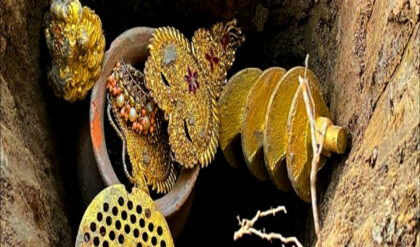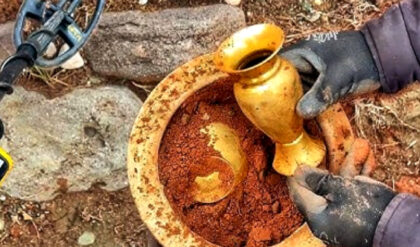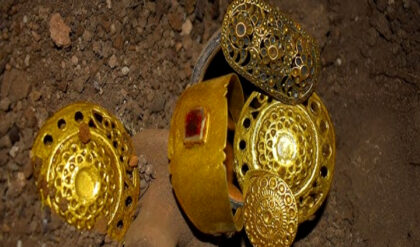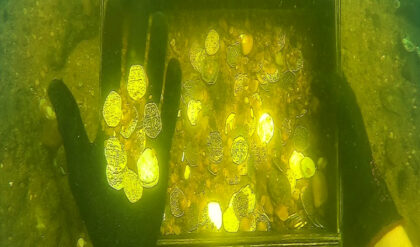The SR-71 Blackbird was a long-range reconnaissance plane with remarkable performance characteristics: Mach 3 speed, 85,000 service ceiling, and an 11,820-foot per minute rate of climb. The SR-71 was so fast that it could evade surface-to-air missiles; the jet would simply accelerate to outrun missiles. But the SR-71 was also remarkably expensive to operate – which is why after the Cold War ended, Congress axed the Blackbird spy plane.

Specialized and Distinct Components
Every last component of the Blackbird was specialized and distinct; the jet needed to do things no other jet could do. As a result, the SR-71 shared roughly zero commonality with any other airframe. So, building, operating, and maintaining the plane also required specialized and distinct components. That’s expensive – and logistically complicated.
For example, the SR-71 required specialized fuel. Whereas most U.S. military jets were content to guzzle JP-4 or later JP-8, the standard fuel grade for U.S. and NATO forces, the SR-71 needed a fuel that could handle the high temperatures generated at Mach 3. Essentially, JP-8 would blow up if it was used in the SR-71, forcing the development of an alternative. Pratt & Whitney developed the alternative, JP-7, with an ultra-low flash-point and high thermal stability.

Additionally, JP-7’s volatility was so low that you could flick a lit match into the fuel without causing an explosion. JP-7 was so hard to ignite that Lockheed had to develop a complex engine starting method; triethylborane (TEB) was injected into the SR-71’s engine, which of course, further complicated the jet’s engine start-up process.
Refueling In Mid-flight
Further increasing operational complexity and costs: the KC-135 tanker, which the Air Force relied on for refueling, needed to be modified to carry JP-7; the Air Force needed to build a new tanker, the KC-135Q, just to refuel the SR-71 in-flight. And the SR-71 needed to refuel every 90 minutes, so the Air Force ordered a fleet of 56 KC-135Qs (to support just 32 SR-71s).

It wasn’t just about the fuel. As I said, the SR-71 needed specialized everything.
Part Specifics
The SR-71 needed specialized tires. The jet was so heavy (170,000 pounds) that standard tires couldn’t handle the weight. So, BF Goodrich came in and designed custom-built aluminum-reinforced tires that could support the landing of an 85-ton aircraft. Still, the aluminum tires only had a 20-landing lifespan.






